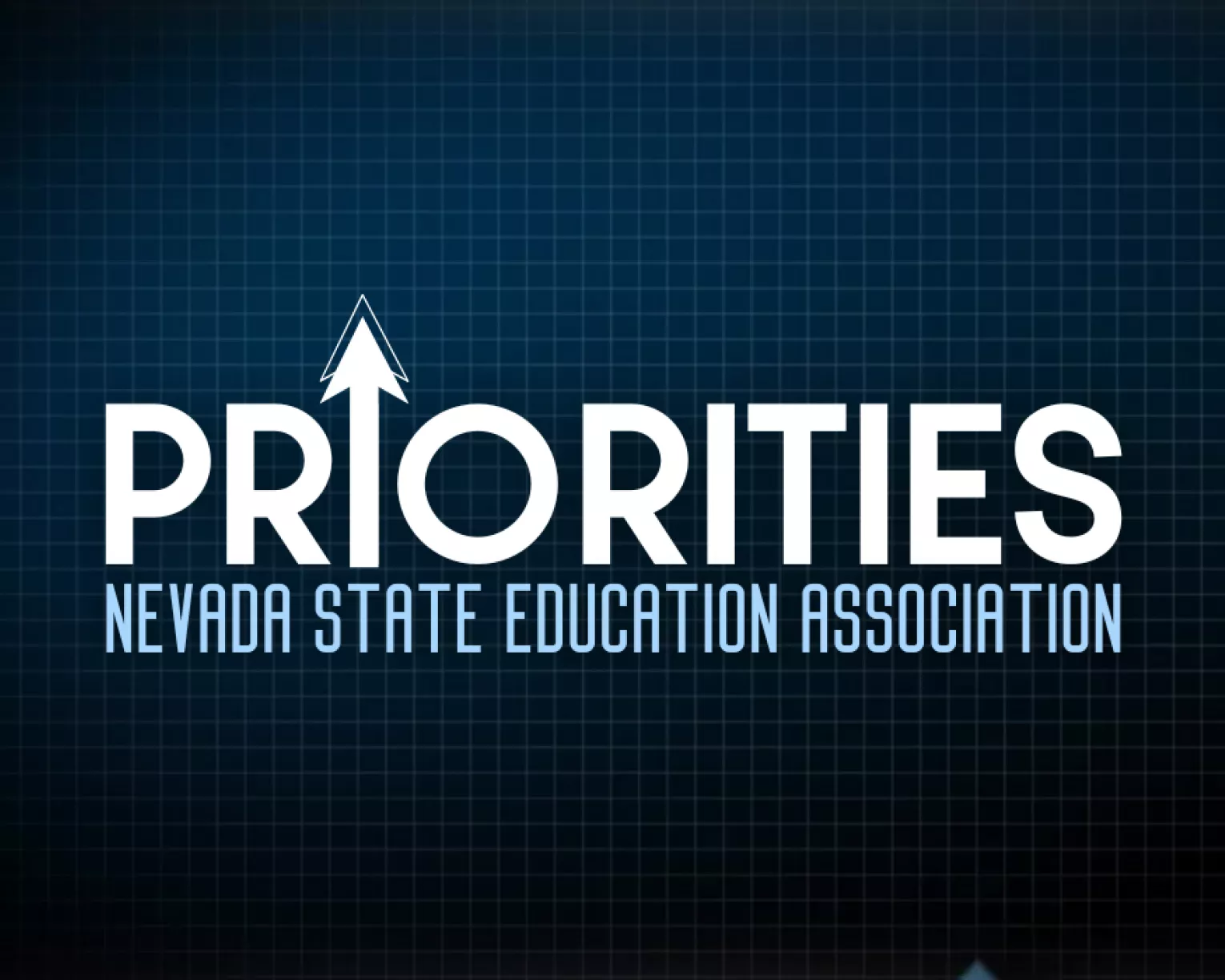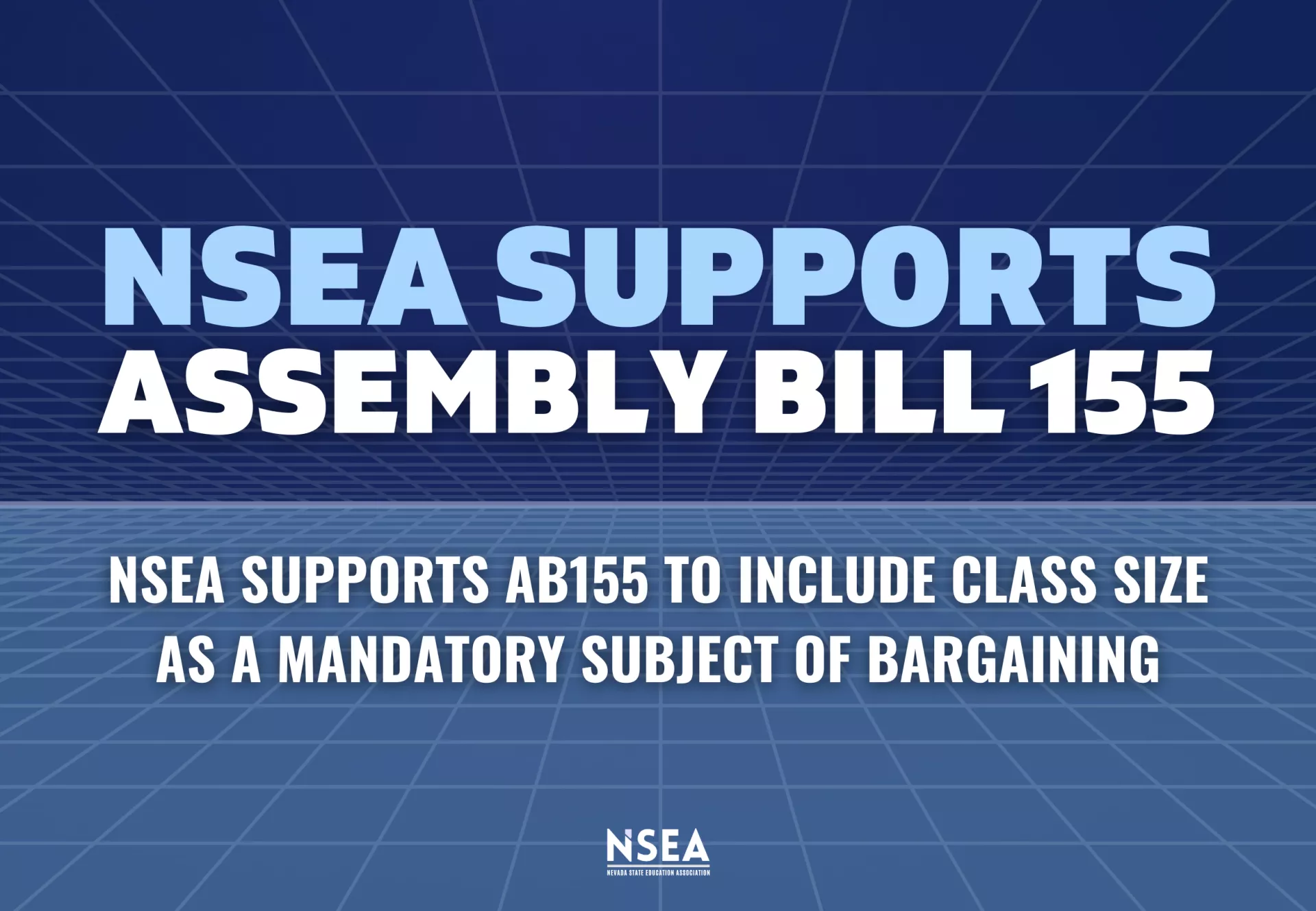Nevada continues to struggle with the largest class sizes in the nation, and the most recent data from the National Education Association indicates it’s not even close. During the 2022-23 school year, Nevada had 25.4 students enrolled per teacher. Arizona came in second to last with 22.8, a difference of more than 2.5 students per teacher. Of course, these numbers include teachers not in classrooms, meaning most Nevada classrooms have 30, 35, 40, or more students! Caseloads for school counselors, social workers, and other licensed education professionals are equally concerning.
The number of students in a class makes a real difference for students and teachers alike. For students, smaller class size can help close the racial achievement gap, lead to earlier identification of learning disabilities, improve high school graduation rates, improve student behavior, and allow for more engagement in lessons. For educators, smaller class size improves educator morale as it allows for more individual and differentiated instruction, less time on paperwork, and stronger classroom management as teachers become more aware of individual students’ strengths or weaknesses.
Nevada’s large class sizes and caseloads are directly related to chronic underfunding of education.
The most effective action this body can take to lower class sizes would be to Pass The Plan offered by the Commission on School Funding to reach optimal education funding over the next 10 years. However, the mechanisms used to address class size are also important, and we believe class size should be a mandatory subject of bargaining, regardless of funding levels.
Collective bargaining—a mutual exchange of positions followed by agreement—enables employees to negotiate a binding written contract with an employer. It gives workers a voice on the issues that impact them in the workplace. Effective bargaining is based on ideals that resonate with both workers and employers, such as working together to solve problems and treating each other with respect. Parties can exchange the views of their constituents as they explore and resolve the issues being bargained.
Class size is not just one of the most impactful workplace issues for educators, it also is one of the most important facing school districts.
Passing AB155 means the issues of class size will be discussed during bargaining, where there will be trade-offs with salary, benefits, and other economic considerations. AB155 will not increase costs on districts. Contracts are agreed to at the table or awarded through binding arbitration. This is already the case, and adding class size as a mandatory subject of bargaining doesn’t change financial parameters. NSEA asks for your support of AB155
What's On Your Mind?

